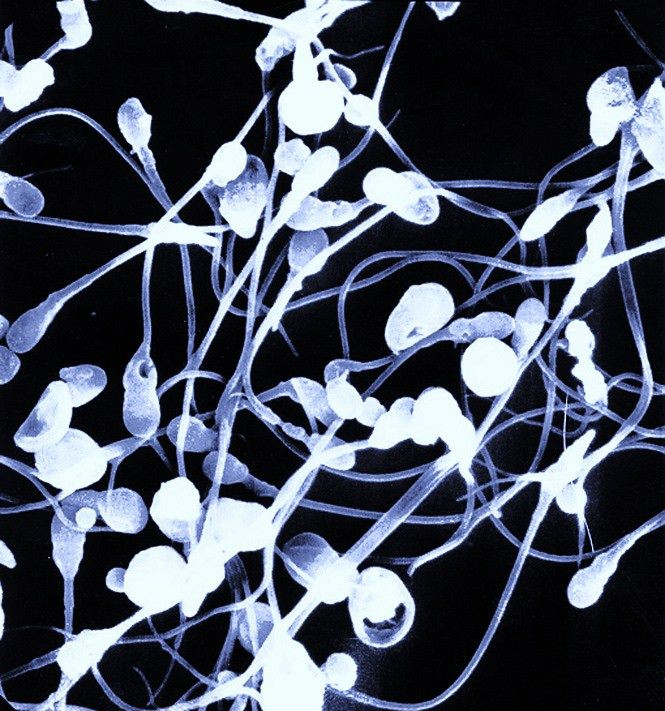Scientists Sequence Entire Genome of 91 Sperm From One Man, Discover Vast DNA Differences

Scientists have sequenced the entire genomes of 91 human sperm from a 40-year-old man and revealed valuable insights into the infinite genetic variation that naturally occurs in a single individual.
Researchers at Stanford University said that the study, published in the journal Cell, is the first to completely map out the whole-genome of a human gamete, cells passed by parent to offspring that determine a child's physical characteristics.
The latest findings confirmed what scientists already know, that every sperm is different because of the way the DNA passed down from a parent is shuffled in the process known as recombination.
Results from the study will allow scientists a more detailed look into recombination, the essential process of mixing up DNA passed down by each of a baby's grandparents which allows children to develop completely new genetic codes to add to the diversity of the human race.
Researchers said that each of the 91 sperm cells studied had undergone about an average of 23 recombinations, or mixing events. However individual sperm varied greatly in the degree of genetic mixing and the way they experienced spontaneous genetic mutations.
"The exact sites, frequency and degree of this genetic mixing process is unique for each sperm and egg cell, and we've never before been able to see it with this level of detail," lead researcher professor Stephen Quake said in a statement.
For example, researchers found that two sperm in the sample appeared to be missing entire chromosomes, the protein-bound package of DNA that contains many genes, regulatory elements and other nucleotide sequences.
Researchers said that random mutations create genetic diversity, but can also be harmful if they occur in the wrong places. Problems with the recombination process can result in sperm missing portions of even whole chromosomes, rendering them incapable of fertilizing an egg.
"For the first time we were able to generate an individual recombination map and mutation rate for each of several sperm from one person," co-author Professor Barry Behr of Stanford University said in a statement. "Now we can look at a particular individual, make some calls about what they would likely contribute genetically to an embryo, and perhaps even diagnose or detect potential problems."
Behr added that genetically sequencing sperm could in the future provide "a new kind of early detection system" for men who have problems conceiving.
"It's also possible that we could one day use other, correlating features to harmlessly identify healthy sperm for use in IVF. In the end, the DNA is the raw material that ultimately defines a sperm's potential. If we can learn more about this process, we can better understand human fertility," he said.
While most cells in the human body have two copies of each of the 23 chromosomes containing DNA passed down from parents, sperm and eggs only have single copies, but after fertilization sperm and egg chromosomes pair up to become the usual two-copy compliment.
Recombination happens right before the chromosomes are separated, and during meiosis pairs of chromosomes line up along the middle of the cell and parts of the chromosome pairs begin swapping randomly, shuffling the inherited DNA elements.
The process of recombination produces infinitely more genetic variation compared to if only intact chromosomes were separated into reproductive cells, thereby ensuring that a child inherits a mixture of DNA passed down from all four of his or her grandparents.



























